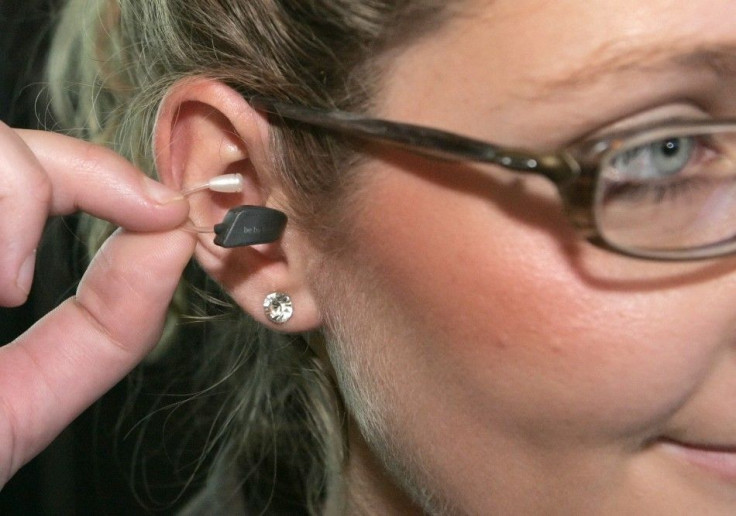Scientists Identify Gene Linked to Age-Related Deafness

Scientists have discovered a single gene that could provide vital clues to treating age-related hearing disabilities affecting approximately 50 percent of people over the age of 60, across the world.
The new research, published in the journal PLoS Biology shows that when the FGF20 gene was taken from mice, they appeared perfectly healthy but had no hearing. The FGF20 in the inner ear of the human being is associated with a genome linked to inherited deafness in otherwise healthy families. The protein encoded by this gene is a member of the fibroblast growth factor family which plays a key role in various biological processes like embryonic development, cell growth, morphogenesis, tissue repair, tumor growth and invasion.
The speculation is that if this gene is disabled it could cause the loss of outer hair cells - a special sensory cell in the inner ear responsible for amplifying sound. During the research, the scientists found that mice without the FGF20 gene had approximately two-thirds of their outer hair cells missing. However, the number of hair cells involved in the transmission of amplified sound signals appeared normal.
This is the first evidence that inner and outer hair cells develop independently of one another, the Press Association quoted lead researcher Dr. Sung-Ho Huh, from the Washington University School of Medicine in St. Louis, as saying.
This is important because most age-related and noise-induced hearing loss is due to the loss of outer hair cells, Huh added.
© Copyright IBTimes 2025. All rights reserved.





















